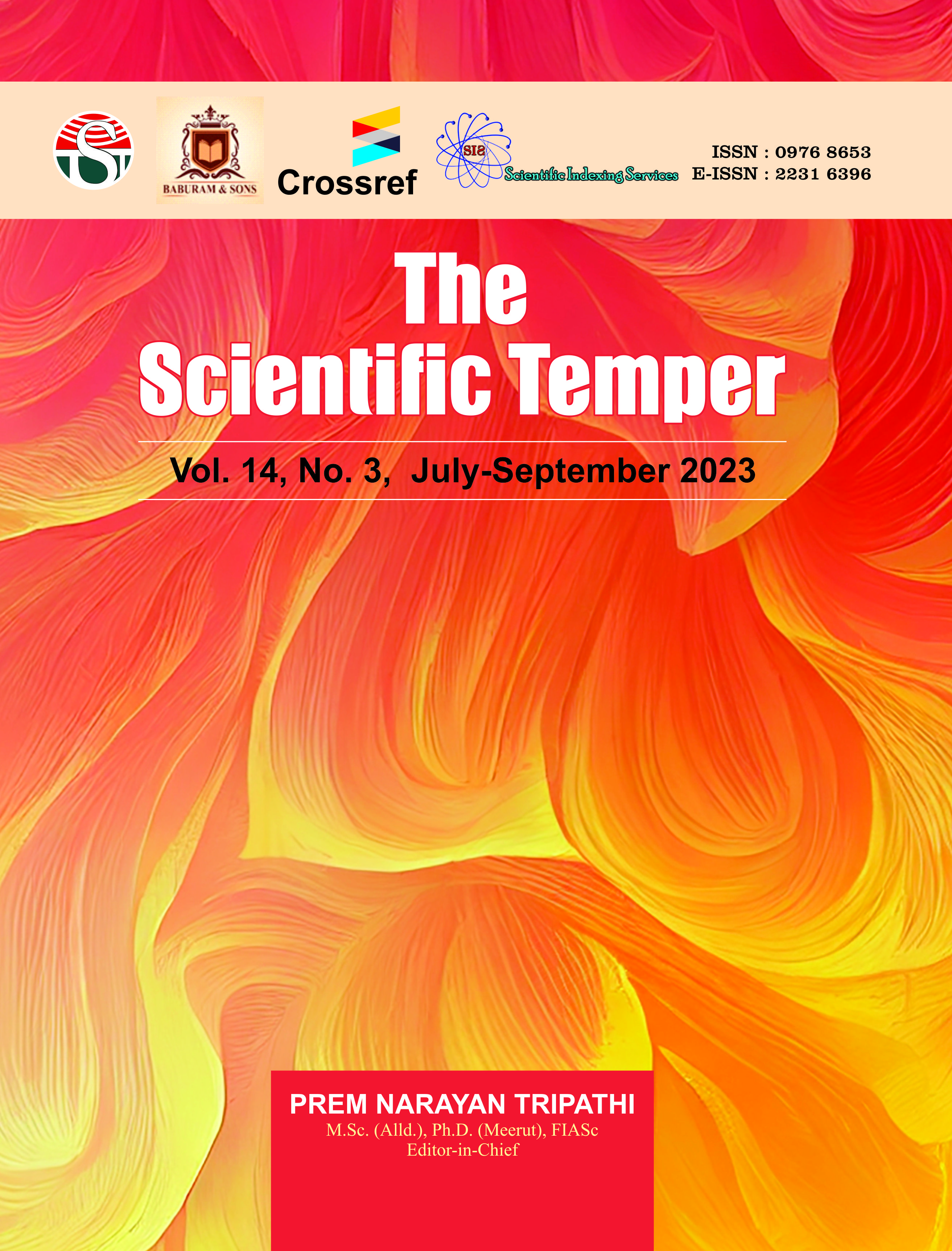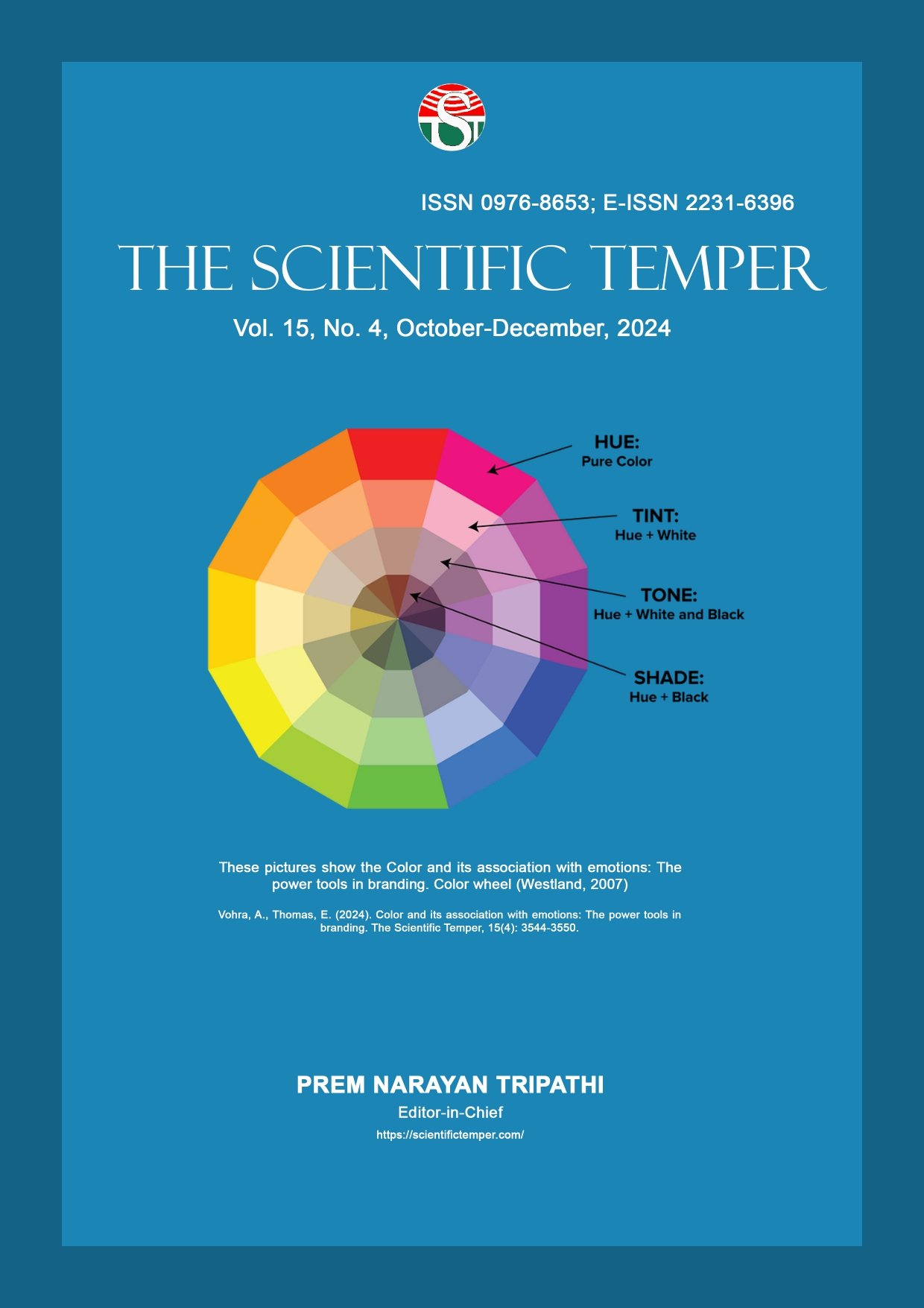Customer churn prediction using machine-learning techniques in the case of commercial bank of Ethiopia
Downloads
Published
DOI:
https://doi.org/10.58414/SCIENTIFICTEMPER.2023.14.3.08Keywords:
Customer churn, Commercial bank of ethiopia, Gradient boosting classifier, Extreme gradient boosting classifier, and Light gradient boosting machine classifier.Dimensions Badge
Issue
Section
License
Copyright (c) 2023 The Scientific Temper

This work is licensed under a Creative Commons Attribution-NonCommercial-ShareAlike 4.0 International License.
The number of service providers is increasing rapidly in every business. These days, there is plenty of options for customers in the banking sector when choosing where to put their money. As a result, customer churn and engagement have become one of the top issues for most of the banks. In this paper, a method to predict customer churn in a Bank using machine learning techniques, which is a branch of artificial intelligence, is proposed. The research promotes the exploration of the likelihood of churn by analyzing customer behavior. random forest (RF), logistic regression (LR), gradient boosting classifier (GBC), extreme gradient boosting classifier (EGBC), and light gradient boosting machine classifier (LGBCMC) are used in this study. Also, some feature selection methods have also been done to find the more relevant features and verify system performance. The experimentation was conducted on the churn modeling dataset from Kaggle. The results are compared to find an appropriate model with higher precision and predictability. As a result, using the Random Forest model after oversampling is better than other models in terms of accuracy. The experimental result shows that the Light Gradient Boosting Machine classifier outperformed with an accuracy of 98%, a precision of 97%, and a recall of 100%, with an AUC of 99% than other proposed supervised machine learning algorithms with balanced datasets across all evaluation metrics.Abstract
How to Cite
Downloads
Similar Articles
- A. Tamilmani, K. Muthuramalingam, An enhanced support vector machine bbased multiclass classification method for crop prediction , The Scientific Temper: Vol. 15 No. spl-1 (2024): The Scientific Temper
- ABHAYA K. SINGH, IMPLICATIONS OF CLIMATE CHANGE IN THE HIMALAYAN REGION AND ITS IMPACT ON INDIAN SECURITY , The Scientific Temper: Vol. 2 No. 1&2 (2011): The Scientific Temper
- Radha K. Jana, Dharmpal Singh, Saikat Maity, Modified firefly algorithm and different approaches for sentiment analysis , The Scientific Temper: Vol. 15 No. 01 (2024): The Scientific Temper
- Jayalakshmi K., M. Prabakaran, The role of big data in transforming human resource analytics: A literature review , The Scientific Temper: Vol. 15 No. spl-1 (2024): The Scientific Temper
- Divya R., Vanathi P. T., Harikumar R., An optimized cardiac risk levels classifier based on GMM with min- max model from photoplethysmography signals , The Scientific Temper: Vol. 15 No. 03 (2024): The Scientific Temper
- A. Anand, A. Nisha Jebaseeli, AI-driven real-time performance optimization and comparison of virtual machines and containers in cloud environments , The Scientific Temper: Vol. 15 No. spl-1 (2024): The Scientific Temper
- Shobhit Shukla, Suman Mishra, Gaurav Goel, River flow modeling for flood prediction using machine learning techniques in Godavari river, India , The Scientific Temper: Vol. 14 No. 03 (2023): The Scientific Temper
- Rahul, Naveen Sharma, Thermosolutal Instability of Couple Stress Rivlin Ericksen Ferromagnetic Fluid with Rotation, Magnetic and Variable Gravity Field in Porous Medium , The Scientific Temper: Vol. 13 No. 02 (2022): The Scientific Temper
- B. S. E. Zoraida, J. Jasmine Christina Magdalene, Smart grid precision: Evaluating machine learning models for forecasting of energy consumption from a smart grid , The Scientific Temper: Vol. 15 No. spl-1 (2024): The Scientific Temper
- Abhishek Dwivedi, Nikhat Raza Khan, Reconfiguration of Automated Manufacturing Systems Using Gated Graph Neural Networks , The Scientific Temper: Vol. 13 No. 02 (2022): The Scientific Temper
<< < 5 6 7 8 9 10 11 12 13 14 > >>
You may also start an advanced similarity search for this article.



